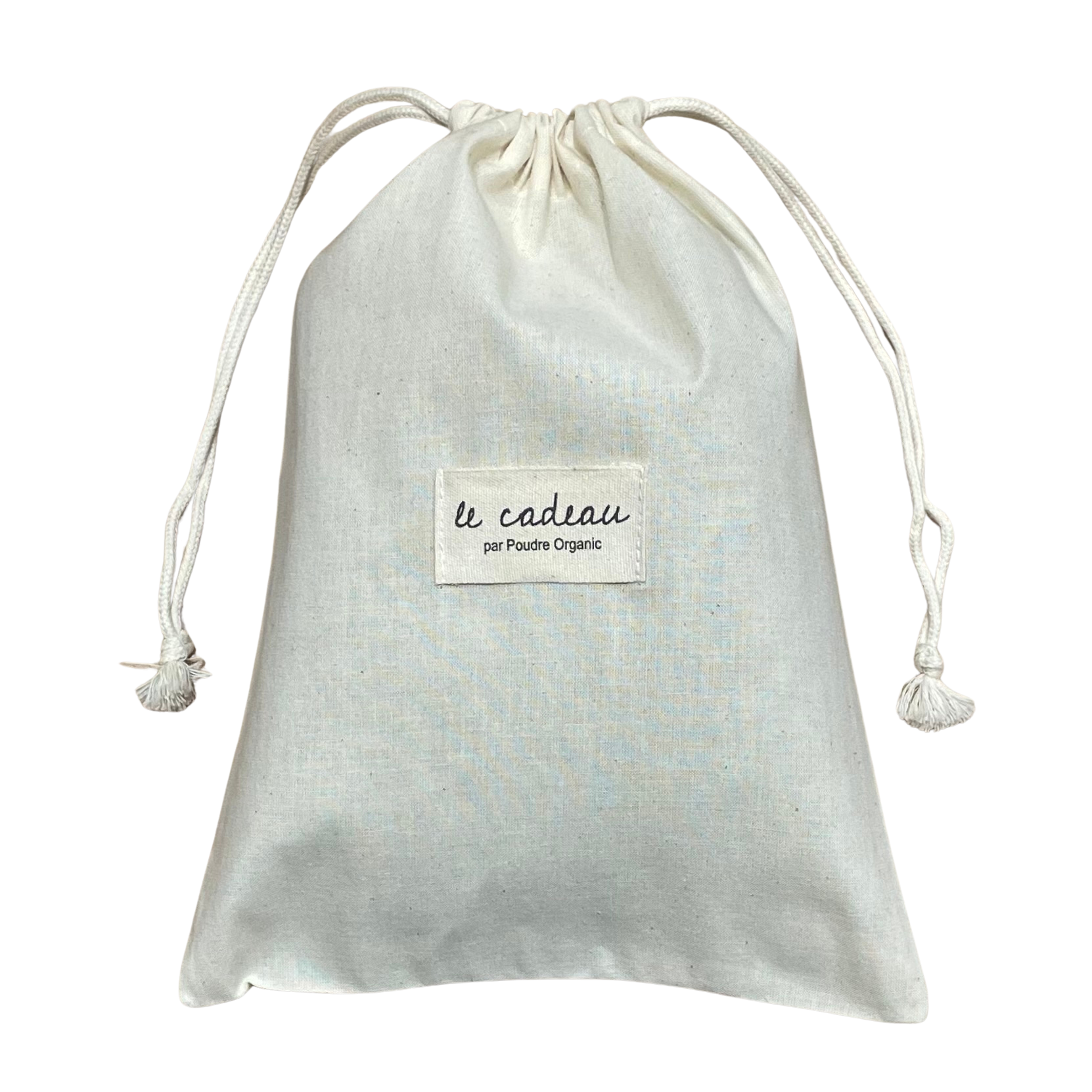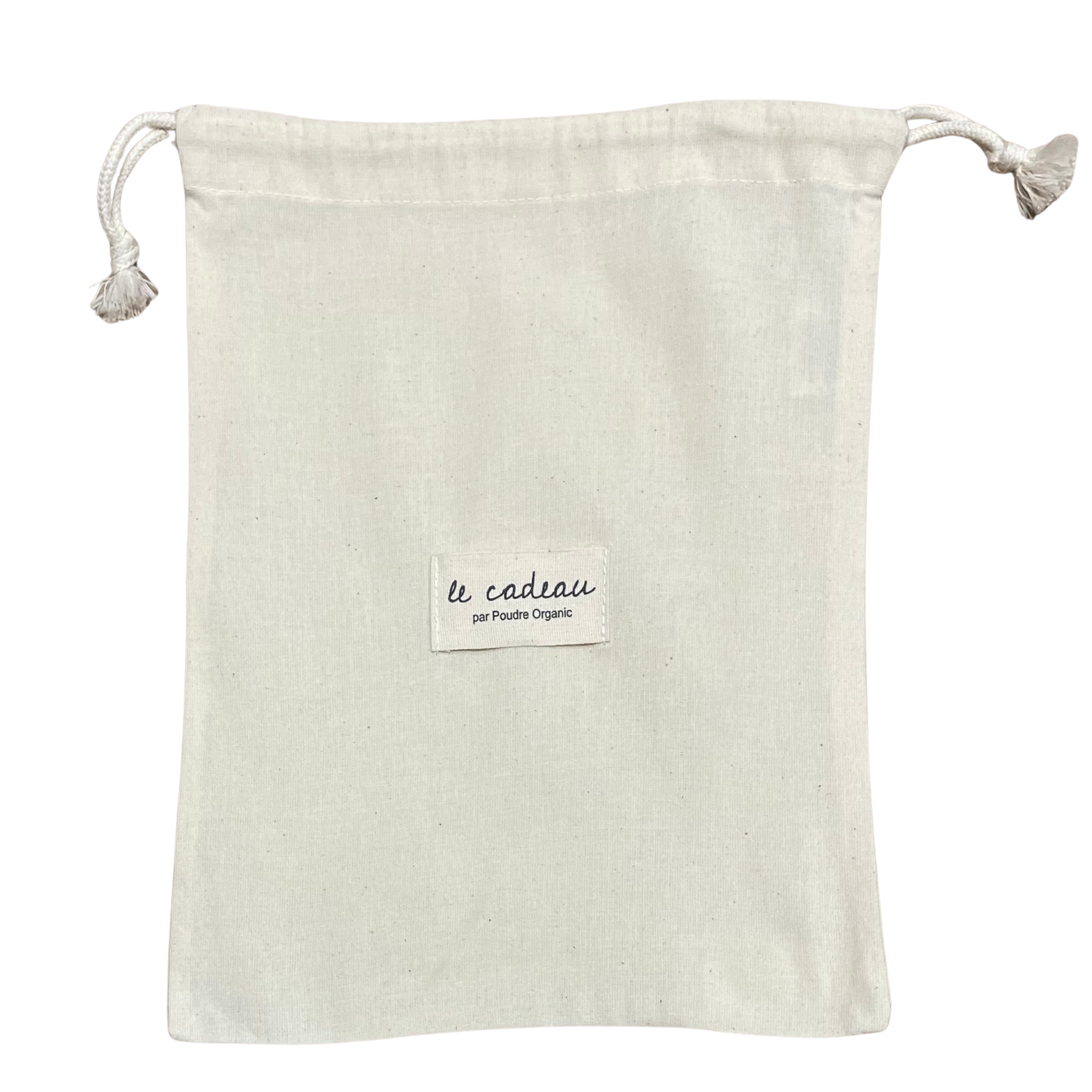But really, where does gingham come from?
Gingham is a cotton fabric with checks, which can be found in several shades, and in several dimensions. But gingham is the result of a subtle and very well mastered play of contrasts, which allows to create checks of three
different colors, with only two threads.
The gingham pattern is closely linked to the city of Vichy (no surprise), and would have appeared in the 19th century. At the time, the textile industry was booming in France, and Napoleon III did not miss an opportunity to encourage this development, especially by visiting textile factories during his travels. One day in 1863 when he was visiting Vichy with his wife, Empress Eugenie, he decided to visit the Grivats spinning mill in Cusset, a town near Vichy. There, the empress and her attendants fell in love with a striped cotton fabric and filled their trunks with it. At the time, gingham did not yet have checks, these would have appeared in the early twentieth century only. Finally, checks or not, the fashion of the gingham fabric was launched, and that's where it gets its name.
That's for the story told by the French. But, in reality, the history of the gingham pattern is much longer and more complex, and also more contested. Many countries have their own version of gingham, and consider this plaid fabric to be an integral part of their cultural heritage. In Britain, for example, it is known as "gingham", a term that comes from the Malay word " genggang" meaning "striped".
Adulated under the Empire and then put in the closet for aprons and other picnic tablecloths, gingham returned to the forefront of the fashion scene with Brigitte Bardot and her cover of Elle in 1953, where she posed wearing a pink gingham dress. A few years later, in 1959, she got married in a gingham dress signed Jacques Esterel. The latter decided to publish the pattern in the magazine Elle. It did not take more for the gingham is again the must-have of all fashionistas.

Source : Thread & Needles ©













